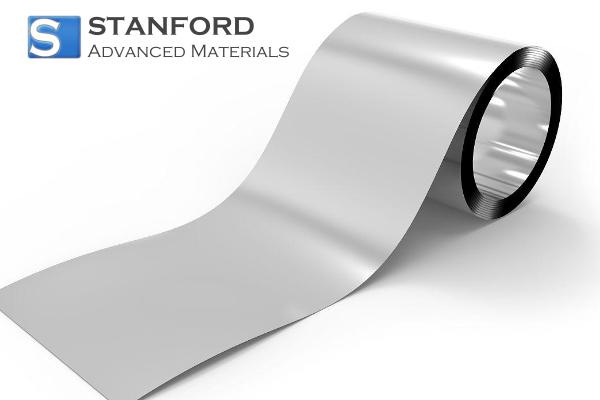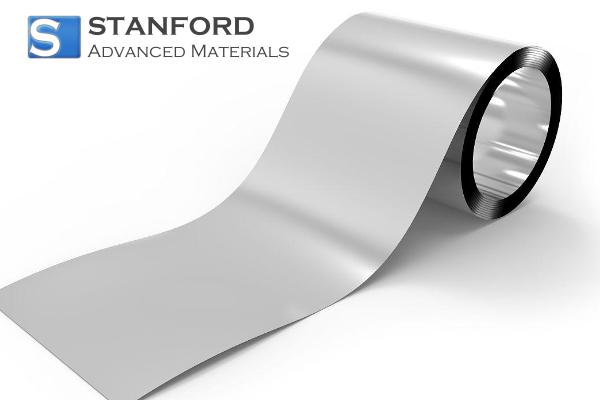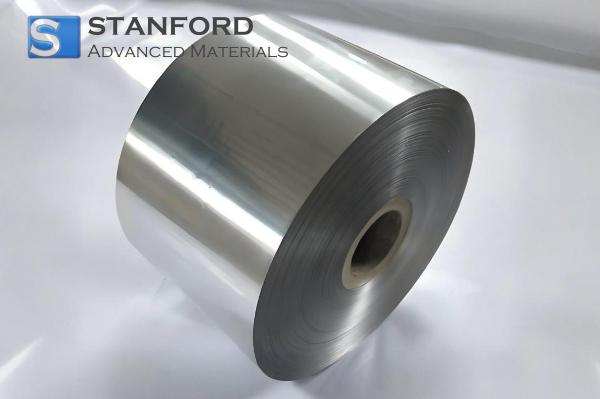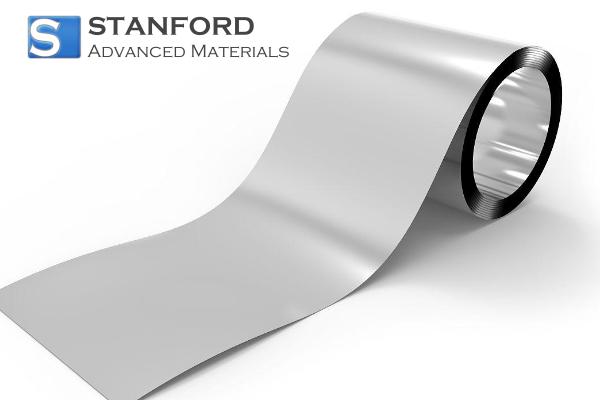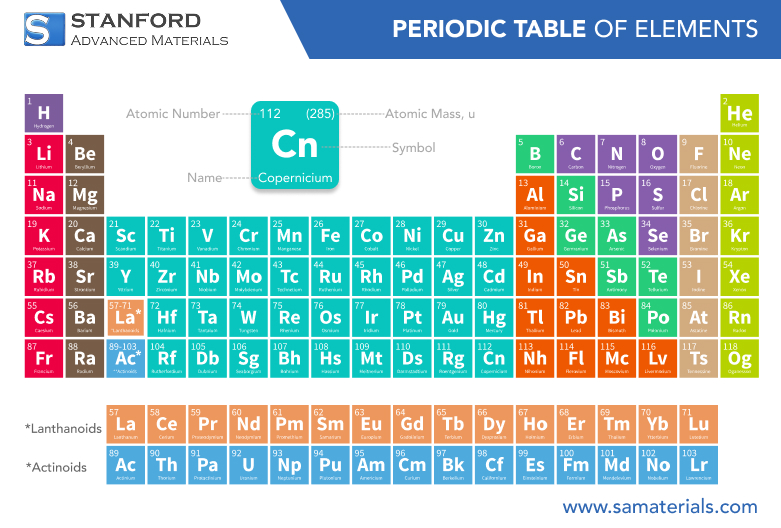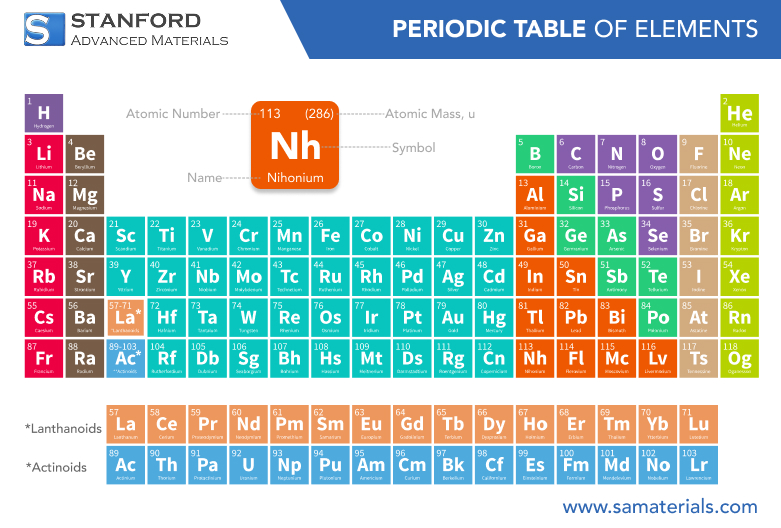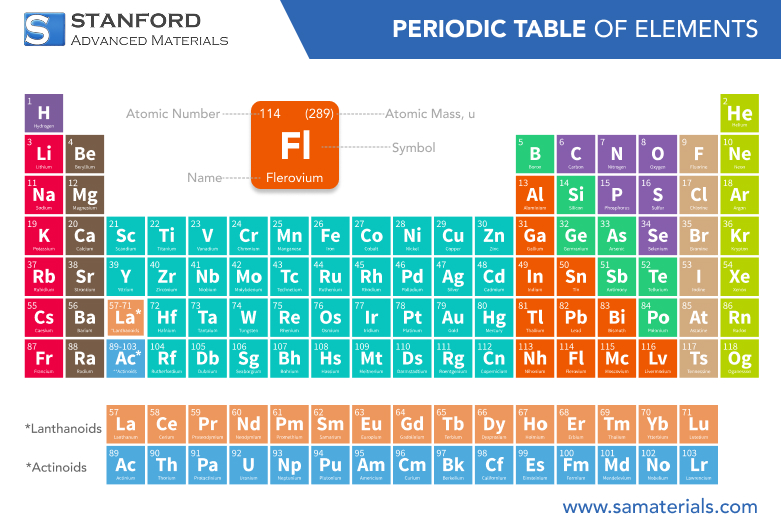Moscovium: Element Properties and Uses
Description
Moscovium is a synthetic radioactive element with unique chemical and physical properties, widely impacting scientific research and industrial applications.
Introduction to the Element
Moscovium, with atomic number 115, is a man-made element first synthesized in laboratories using advanced nuclear reactions. This superheavy element occupies a special position at the end of the periodic table and is renowned for its extremely short half-life and high radioactivity.
The creation of Moscovium was achieved by fusing lighter nuclei under extreme conditions. Scientists generate this element in specialized facilities by bombarding heavier target elements with ion beams. Although Moscovium exists only for a fraction of a second before decaying into lighter elements, its successful synthesis marked a milestone in the field of nuclear chemistry. The production of such a fleeting element not only pushes the boundaries of scientific research but also validates theoretical models that predict the behavior of matter under extreme conditions.
Chemical Properties Description
The chemical properties of Moscovium have been primarily predicted through theoretical studies and computer simulations. It is expected to exhibit behavior similar to other heavy p-block elements. Due to its placement in the periodic table, Moscovium is anticipated to display multiple oxidation states, possibly ranging from +1 to +5, although the most common state remains under active research.
Common Uses
Moscovium has no established common uses in everyday applications due to its extreme instability and short half-life. Its primary value lies in scientific research, where it assists scientists in testing the boundaries of nuclear physics and understanding the behavior of matter under extraordinary conditions. For more information, please check Stanford Advanced Materials (SAM).
Preparation Methods
The preparation methods for Moscovium involve highly controlled nuclear fusion reactions carried out in particle accelerator facilities. Typically, heavier elements such as americium or berkelium are bombarded with lighter ions like calcium-48. This process induces a fusion reaction that produces Moscovium atoms, albeit for only a brief moment before they decay.
Frequently Asked Questions
What is Moscovium?
Moscovium is a synthetic radioactive element with atomic number 115, produced
in advanced laboratories through nuclear fusion reactions.
How is Moscovium synthesized?
It is synthesized by bombarding heavier elements with lighter ions in particle
accelerators, resulting in the fusion of atomic nuclei.
What are the chemical properties of Moscovium?
Its chemical properties are largely predicted via theoretical models,
suggesting similarities with other heavy p-block elements despite unique
relativistic effects.
What are the common uses of Moscovium?
Due to its extreme instability and short half-life, Moscovium is used only in
scientific research rather than for any commercial applications.
What challenges are associated with studying Moscovium?
The main challenges include its rapid decay and high radioactivity, which
significantly limit experimental observations and data collection.

